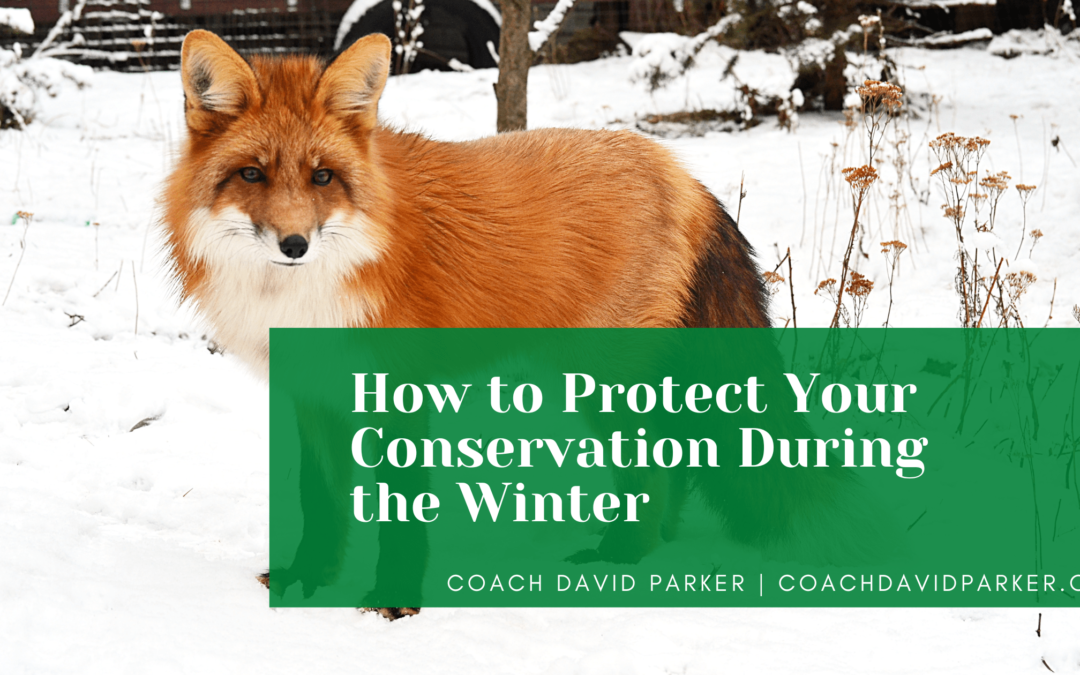Before planning for the new seasons, we must consider what it means for our conservation projects. Maintaining a healthy and balanced winter can be very challenging, primarily if you work all year. Taking into account the unique needs of the different species in your area can help keep your conservation efforts going. Here are some ways to protect your conservation during the winter.
Watch Out for Bats
Most hibernating bats spend their winter in caves, mines, or buildings. If you see a hibernating bat in your area, avoid interacting with them and take note of its location. This could cause their metabolism to increase, which could lead to them depleting their fat reserves.
During the winter, many bat species use boxes, making it an ideal time to perform regular maintenance. Some species, such as the big brown bat, spend their winter in caves. Understanding the various bat species in your area is also vital to ensure that your projects are successful.
Avoid Pruning
During this season, many species overwinter in loose soil and leaf litter, while butterfly pupae often emerge on bare stems and leaves. If you want to keep your pollinator gardens looking their best, avoid over-tiling or mulching them. If you are worried about the appearance of your garden, you might want to consider adding signs that explain how an unkempt area can help wildlife.
Space for Birds
Although winter is a good time to maintain your bird boxes, keep them in place until spring to allow non-migratory bird species and small mammals to overwinter, the boxes you placed on your property during spring nesting can provide these animals with a safe and warm place to overwinter.
If you plan on implementing a project that involves planting native trees or shrubs, make sure that you have planted species that will provide you with berries for non-migratory birds and those that have relocated to your area. Wintertime monitoring can help you understand the distribution of bird species in your area.
Be Aware of Invasive Species
Although some invasive species can survive the cold weather, insects and plants, such as the garlic mustard and the emerald ash borer, can still succumb to the winter. Having a plan and knowing what kinds of invasives are overwintering on your property can help you keep your efforts going throughout the year.
Stay Informed
The winter conditions in different regions across the continent can vary significantly. Understanding the migration patterns and local weather in each area can help you make informed decisions regarding your project.
